For as long as humans have been alive, they have left traces of themselves in some artistic way. While technology is now more advanced than ever, allowing self-portraits to be videos in the form of vlogs or digital selfies, there are still methods to distinguish art from the mundane doldrums of YouTube. Contemporary art is hailed and sneered at as a black dot on a white canvas, but art education allows a critical form of self-expression that often lacks funding, thus not allowing a future generation of Picasso and Basquiat lovers the chance to become prominent voices in the art world.
But in the movie world, there is no shortage of films about prominent artists in the Western canon. For every van Gogh movie that has been made, there are probably a handful of movies that receive the same attention as a movie about women or BIPOC artists.
Regardless, movies about painters have repeatedly managed to evoke the sensations and thoughts that revolve around their work, offering excellent homages in the spirit of their lives. These movies about painters are not only visually stunning but entertaining as well.
Updated April 28, 2023: This article has been updated to include new content for your entertainment.
10 Utamaro and His Five Women
Utamaro and His Five Women was released in 1946 and made by director Kenji Mizoguchi under the American occupation of Japan. During the samurai era, the Japanese painter Kitagawa Utamaro is challenged to a painting duel by a samurai apprentice and aspiring artist. He is a magnificent artist who takes inspiration from women and five of these women fight to become his lover. The movie’s episodic structure may be unfamiliar to Western audiences, but the artistry and inspiration weave it all together into seamless transitions.
9 Maudie
Maudie is a biographical drama that tells the story of Maud Lewis (Sally Hawkins). Lewis was a folk painter who garnered some fame from her bright and beautiful paintings. However, her life was much less vibrant than her artwork. Lewis lived in cramped living quarters for most of her life, often among people who were rough around the edges. Lewis had a child that she lost right after birth, and she later married the man who hired her as his housekeeper, despite him being a rather colorful character. She had rheumatoid arthritis as well, but thankfully none of that stopped Lewis from painting.
Ever the talented actress, Hawkins' performance is often cited by critics as being the heart of the film, bringing Lewis' optimistic spirit to life. The film is a wonderful way to honor a woman who proved through her art that happiness can be found with just a bit of hope.
8 Séraphine
French painter Séraphine Louis was self-taught, but her story of becoming a renowned painter is remarkable. The biopic Séraphine follows her journey from a middle-aged housewife with a knack for painting into her descent into initially being forgotten by the art world.
Louis was inspired by the natural world around her, as many of her paintings feature floral arrangements, everyday objects, and religious artifacts. The movie engages with her inspirations visually, allowing viewers the chance to truly glimpse into her thought process and creativity.
7 Frida
Salma Hayek was nominated for an Academy Award for her performance as Frida Kahlo in Frida. Frida Kahlo was a prolific but complicated artist; when looking at her work, it takes a lot of precision and thought to untangle the deep meanings and anecdotes she has inserted into her narrative. In Frida, the beloved artist’s life comes alive, however, her life is difficult to explain in under three hours. Frida is gorgeous to watch on a big screen due to the richness of its visuals even though the story is not as beautiful.
6 Mr. Turner
British artist J.M.W. Turner may not be one of the most remembered painters globally, but he made thousands of paintings during his lifetime. Turner was a child prodigy, but Mr. Turner focuses on the end of his life. He was an eccentric man, visiting brothels, strapping himself to the front of a ship for creative inspiration, and slowly but surely making the public both love and hate him for what he did. This movie has stellar cinematography in it, good acting, and a clear vision for what it hopes to accomplish. That being said, Mr. Turner is one of the better biopics of artists.
5 Big Eyes
Big Eyes tells the true story of Margaret Keane (Amy Adams), a woman whose paintings grew to be famous — under her husband's name. Her iconic style of painting children with unnaturally big eyes found a way to touch audiences with their earnest looks. Instead of respecting her artwork, Walter Keane (Christopher Waltz), ever the businessman, discarded his own failed art and manipulated Margaret into letting him claim her work as his own. Things go well for the happy family for many years, but as Margaret's resentment builds, her relationship with Walter unravels. When her art begins to suffer under his controlling love, his career falters. The stress reaches a boiling point as Margaret is forced to flee from Walter with their daughter, contemplating if she can ever pursue her art again.
Director Tim Burton effortlessly shifts the tone throughout the film, mirroring the ups and downs of Margaret's life. The happy moments are bright and vibrant, feeling free and uplifting. The darker moments are filled with dynamic tension, utilizing the mid-century modern architecture of the 1960s style sets to create harsh angles and lines that represent the dangers that Margaret faces. Big Eyes is a beautiful story about an artist who triumphs over the challenges she faces, both as an artist and every-day individual. While it may not be the most popular film Tim Burton has directed, the star-studded cast gives everything they have to honor a truly amazing painter, creating a movie that is worth watching.
4 Andrei Rublev
Soviet director Andrei Tarkovsky is best known for his films influenced by science fiction and poetry, but his 1966 film Andrei Rublev is a biographic drama about Russian painter Andrei Rublev. The movie is shot largely in black and white, but shifts into color for the final scenes with Rublev’s actual paintings.
It is a large epic that tackles a tumultuous time in Russian history. It was during this time religious clashes reigned supreme, the changes in political power and empire, and the faith one has in their art. Tarkovsky’s sets and scenes are epic, too, providing a visual experience that has had this movie named one of the best movies of all time.
3 Painted Fire
Kwon Im-taek is considered one of the best filmmakers to ever come out of South Korea and has directed over one hundred films, but Painted Fire is one of the special movies in his filmography. Its subject is the Joseon painter Jang Seung-op. Jang was one of the few painters to hold a ranked position in the Joseon court and was one of the men who completely changed Korean art history.
The movie has vignettes in his artistic routines and works, alongside Korea’s political struggles against Japan, becoming a work of art in this process.
2 Loving Vincent
Released in 2017, Loving Vincent became the first film to be made entirely in oil paintings. The paintings were animated and dubbed over with voice actors, creating an experience never seen before in a movie. Vincent van Gogh might not be new territory to cover, and his death might be familiar territory in his lore, but this was a movie created with 65,000 paintings. Each of those paintings was made in the style van Gogh himself used. Perhaps that is the perfect way to create a tribute to a beloved artist: bringing other artists together to honor their life.
1 Edvard Munch
Norwegian painter Edvard Munch died in 1944, three decades before the biographic movie Edvard Munch was released. The movie was first a miniseries, but it was compiled for its theatrical release in North America and screening at Cannes Film Festival. It follows the life of Munch and the influences that helped him create his art. Nonprofessional actors were cast in many of the roles. When the director wanted to portray the backlash against Munch’s art, he brought in people who did not like Munch’s work to accurately convey these emotions.
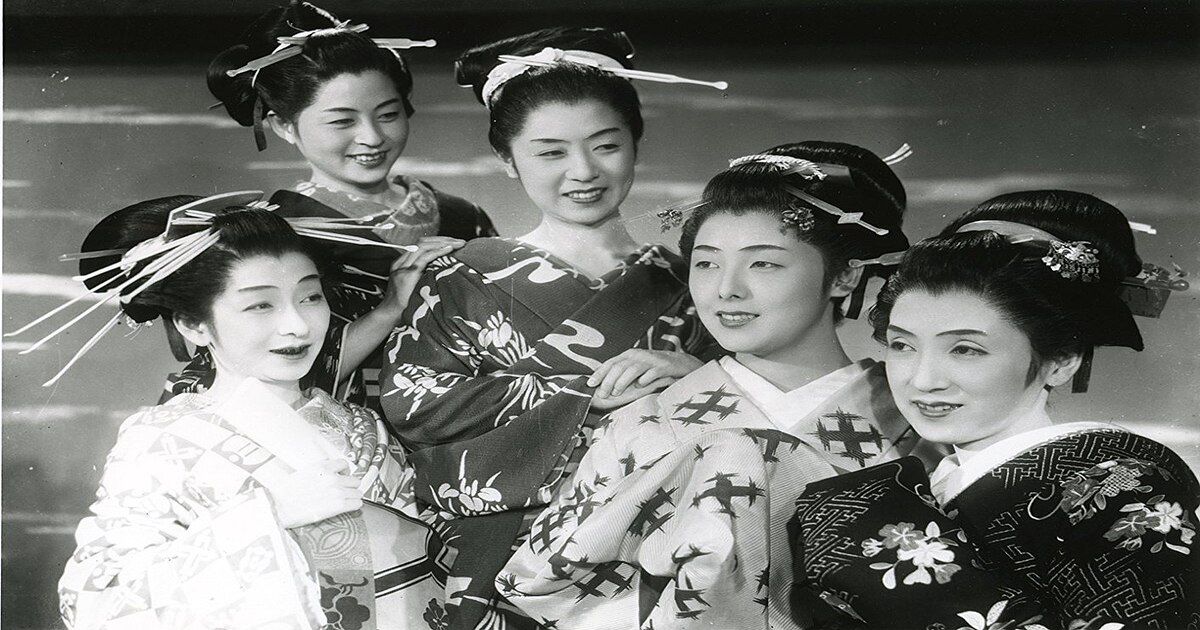
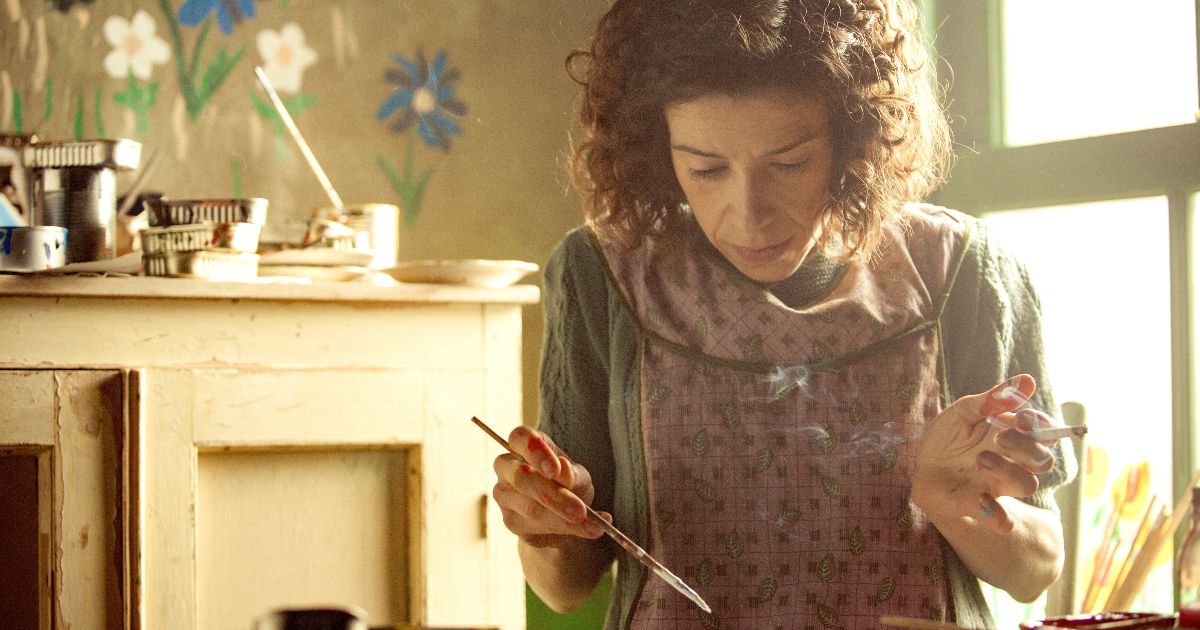
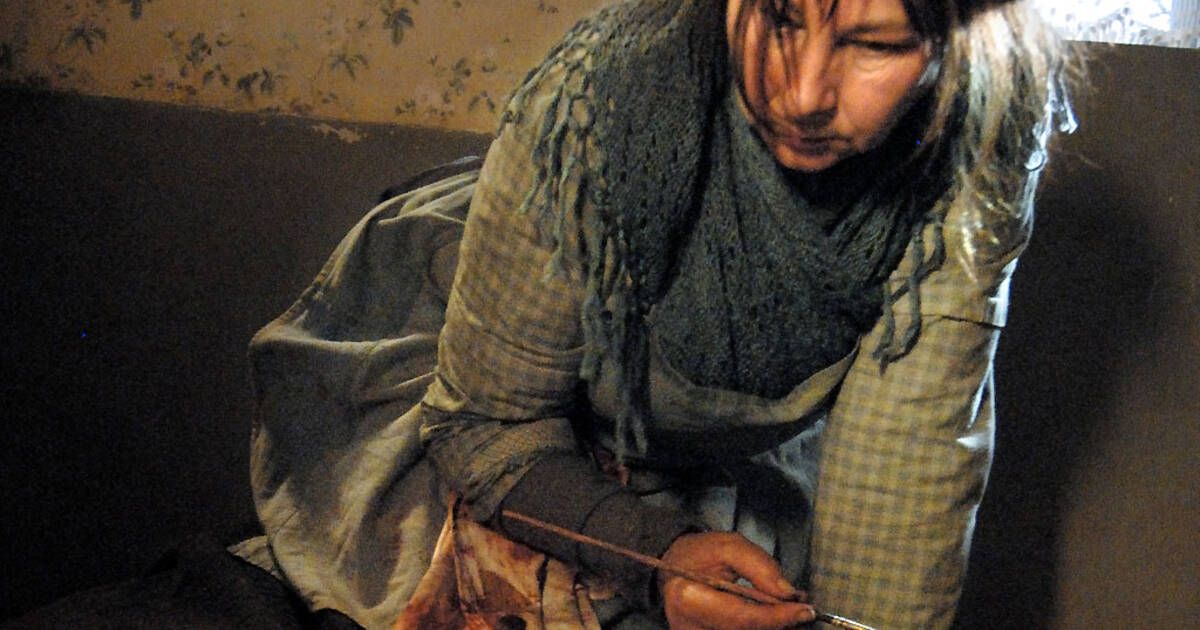
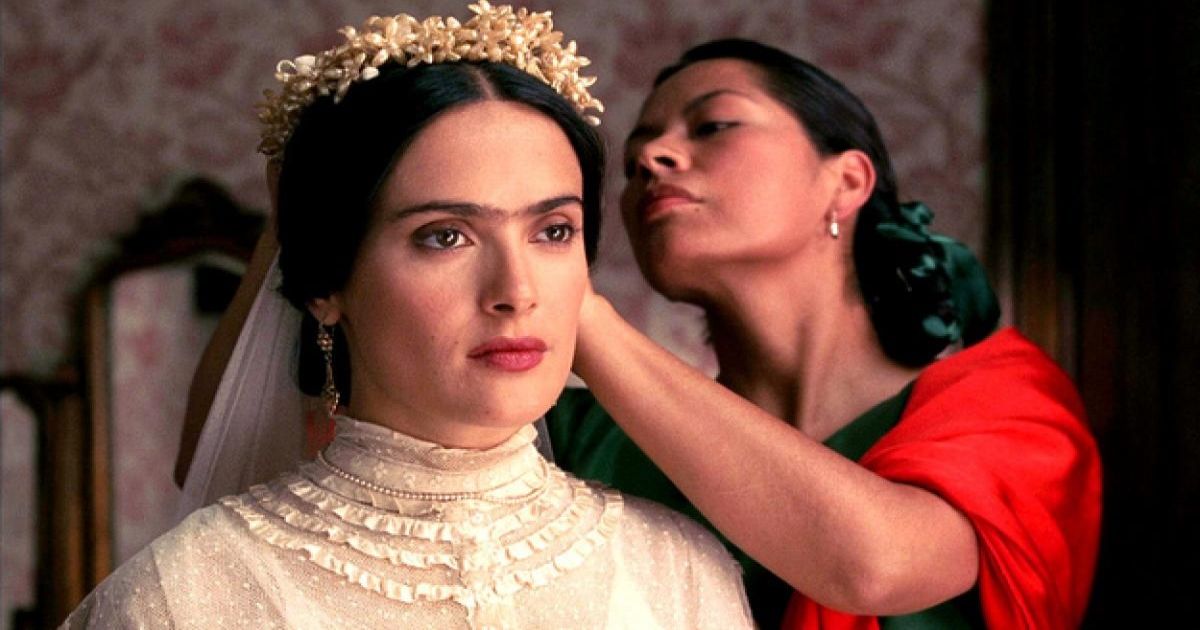
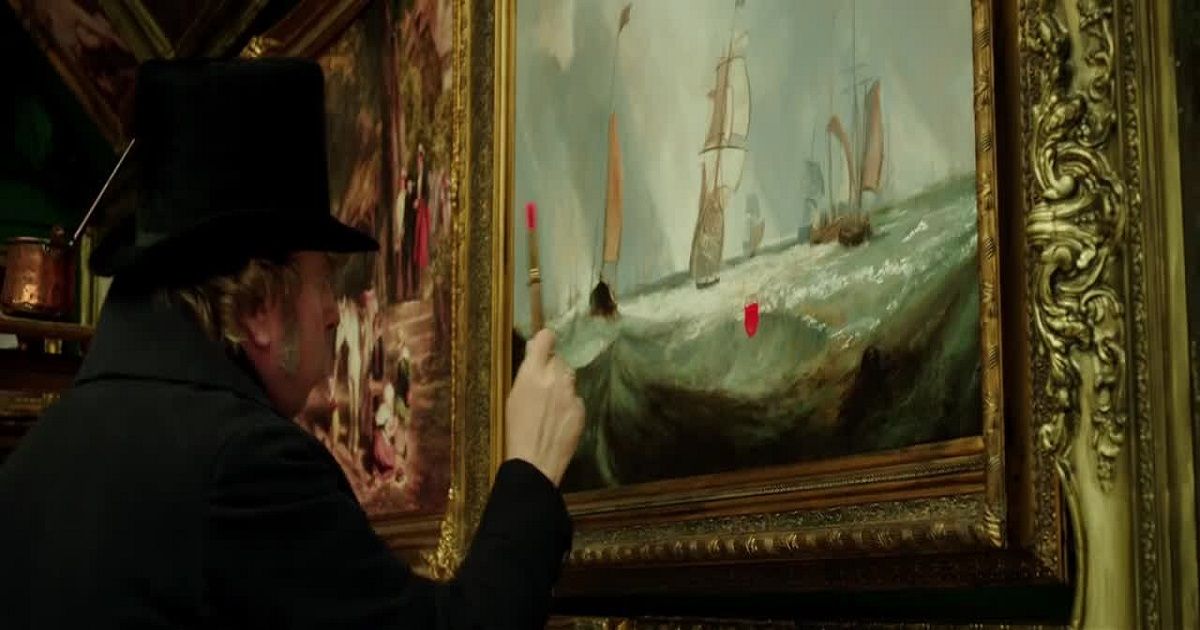
.jpg)
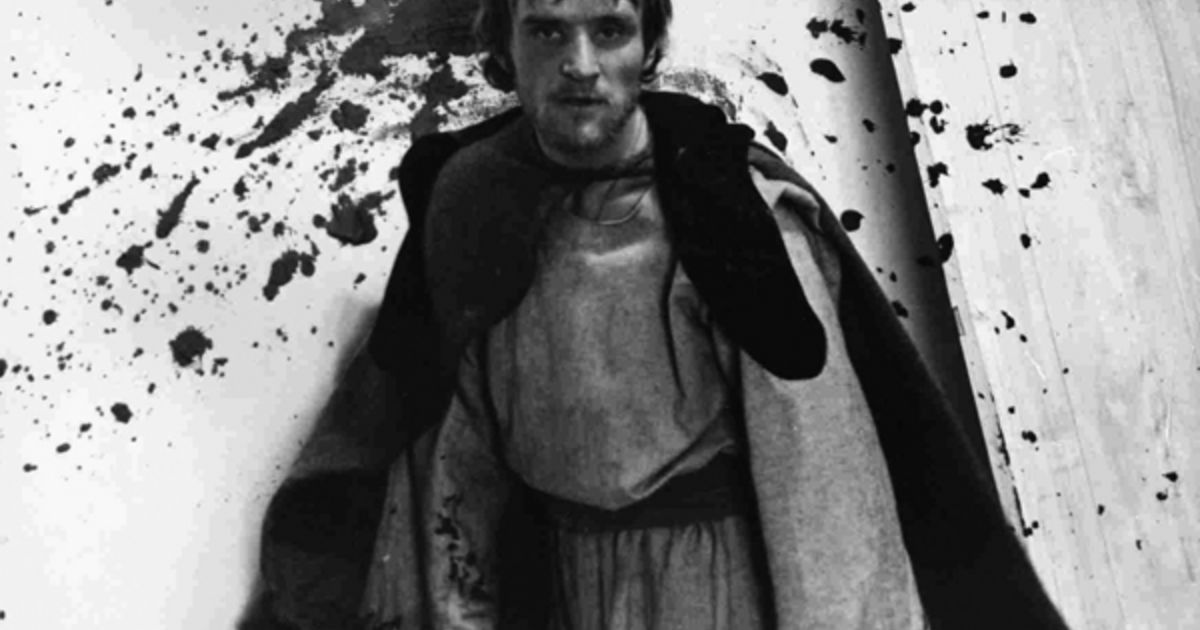
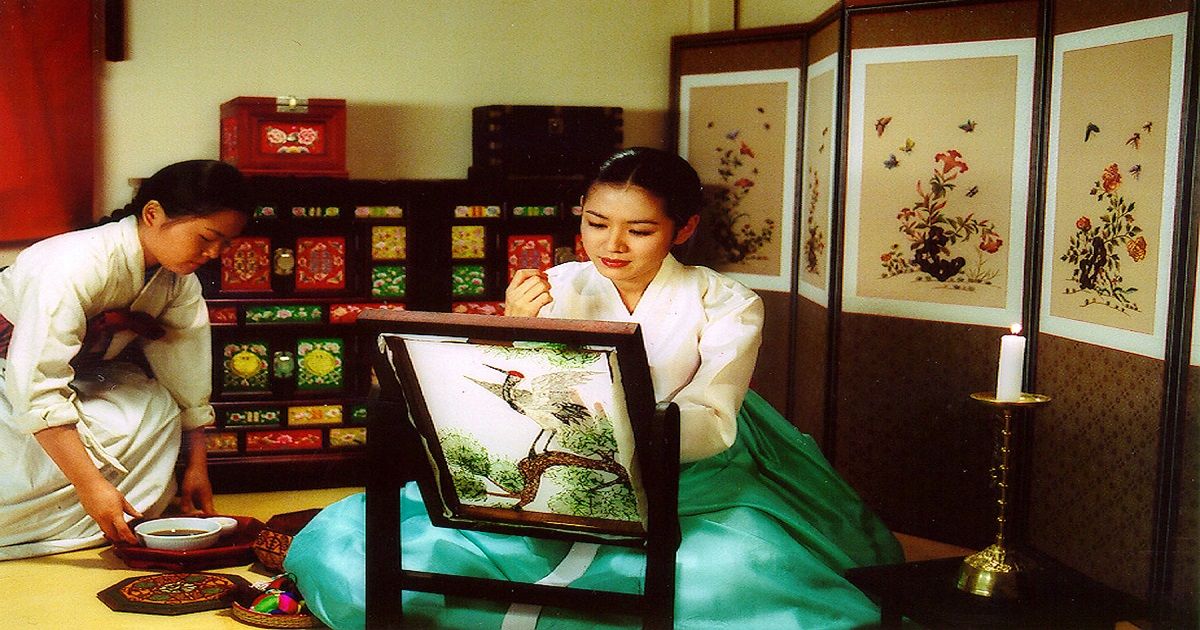
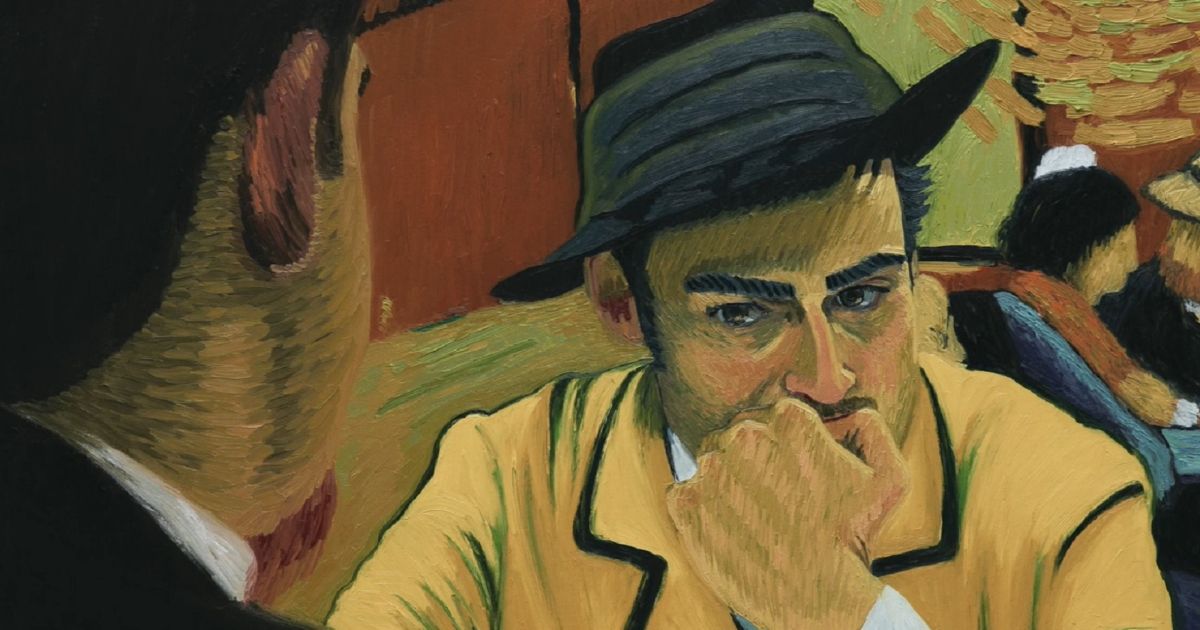
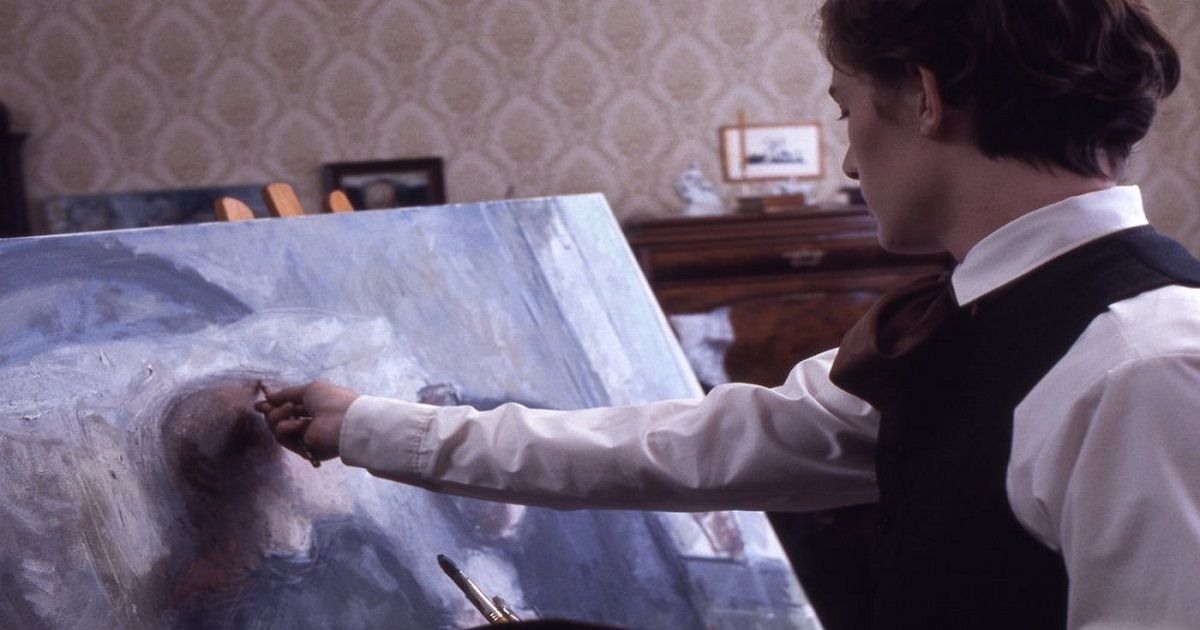
Comments
Post a Comment